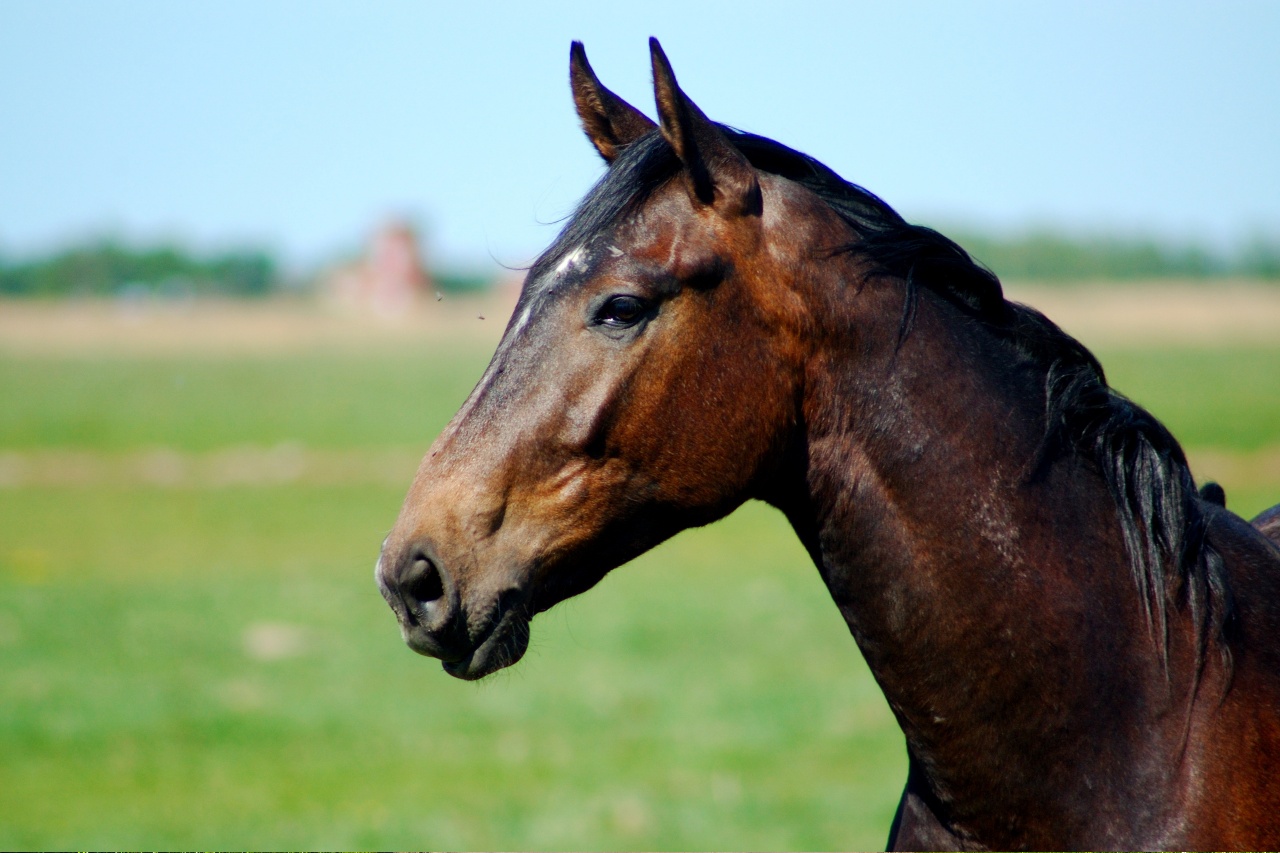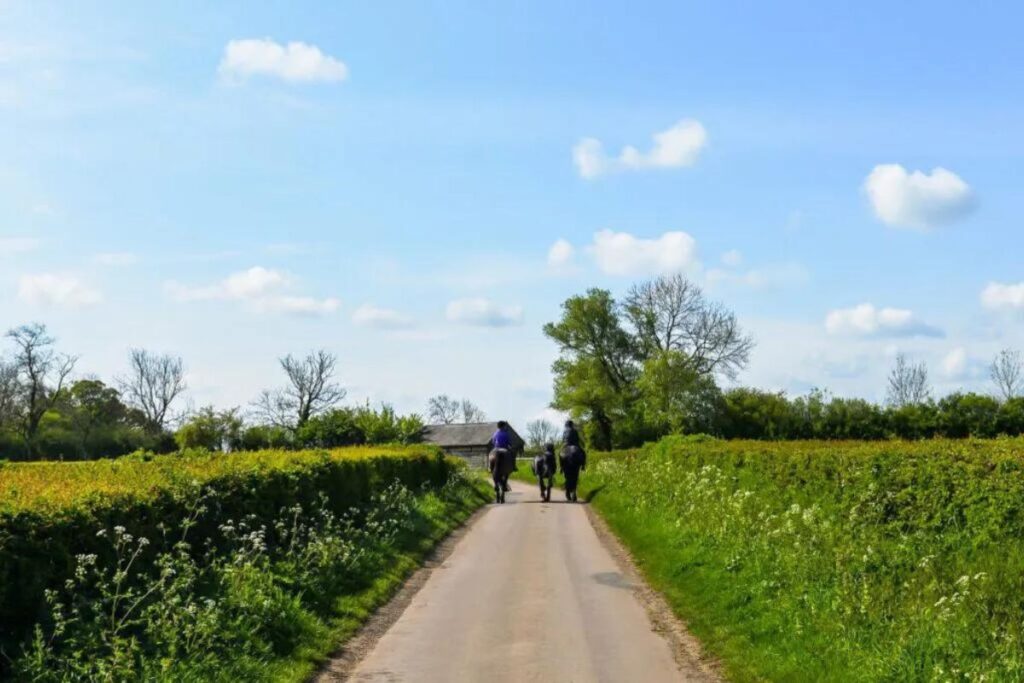Menu

The world looks very different to horses because of their vision. Horses simply see the world differently than we do. This became clear recently when I had a visit from a guy who is not used to dealing with horses. While he was here, I needed to move a herd of horses from one field to another, and he wanted to help. On the way we had to pass a small forest, among other things.
And it was especially here that he really noticed how much difference there is between horses and, for example, dogs or cats. Because as he said afterwards:
"It really cannot be fun to be a horse, and always have to be careful not to get eaten"
All the horses walked quietly next to him. He had no problems dealing with them in any way, despite his lack of experience with horses. Still, he had noticed that the horses were very "on guard" and aware of their surroundings. This was especially true as we passed the forrest and their view was limited. And he is absolutely right. Horses perceive the world completely differently than the other animals he interacts with do - and completely different from what we humans do.
You may also like to read: Top 10: Dangerous things seen through your horse’s eyes
We know that the horse's eyes are among the largest of all living mammals. It tells us that the horse gets a very large part of its information about its surroundings through the eye. From the location of the eyes on the head, we also know that horses can see what is in front of it with both eyes. While it can see what is on its right side with its right eye and what is on its left side with its left eye. Only a narrow area behind the horse, as well as a small area right in front of it, is blind.
The concentration of visual cells in the eyes of horses has also been studied. There, it was discovered that horses are farsighted when using the upper and lower extremities of the field of view. While the center of the field of view is focusing on a medium distance. In the central part of the retina, the concentration of visual cells is greatest, and vision is therefore most detailed in this area.

In all parts of the horse's field of vision, the eye is extremely sensitive to movement, which helps the horse detect camouflaged predators. On the other hand, horses may have difficulty identifying objects that are completely stationary.
It also means that horses may have difficulty "seeing" us if we stand completely still. It may also help explain why horses sometimes run directly into a human standing still in front of the horse. Especially if you are dealing with horses that for one reason or another are a little agitated, you must be careful not to stand completely still. Otherwise, the horses can very easily "overlook" you.
In contrast to the human round field of view, the field of view of horses is much wider and less deep. It almost compares to a movie screen that goes almost all the way around the body. Due to the structure of the eyes, as well as their location on the head, the horse thus has a very large and motion-sensitive field of view. This enables it to detect potential hazards ahead of time. It also means that horses may have difficulty "seeing" us if we stand completely still.
"The horse's day vision remains somewhat close to humans, but its night vision is better than ours"
The reason why horses' day vision is roughly similar to ours is, firstly, that the horse's eyes are very large. There is simply more light coming in. But in addition, part of the horse's retina also has light-reflecting pigments (tapetum lucidum). This means that the horse's eyes can make much better use of the light. The horse therefore sees well, even in very poor light conditions.
Being able to see well both during the day and at night, is a huge advantage. Horses have both active periods during the day and at night, and therefore it is extremely important that the horses are also be able to detect danger at night.
But it is also important that we are aware that it takes longer for horses to adjust from light to dark and vice versa than it does for humans. This means, among other things, that horses are more easily dazzled by bright light than we do. It also helps explain why horses generally do not like to move between dark and light contrasts.
The horse's color vision is thought to be very similar to ours, as horses have roughly the same color sensitive tap cells as us. Attempts to shed light on the horse's color vision have also shown that horses can at least distinguish between the colors yellow, green, blue and red.
Anja Thorup Jensen specializes in horse behavior and a Welfare and Equine Touch Practitioner. In addition, she has a great deal of theoretical knowledge at a high professional level about, among other things, the horses' anatomy, physiology and biomechanics. The article was originally published on Anja Thorup Jensen's website Modernehestehold.dk.